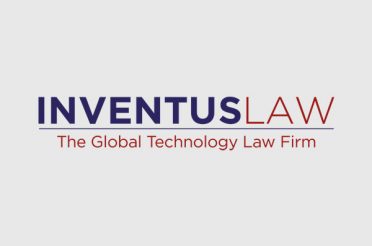Data Privacy and Security: Blockchain’s Openness and Inalterability Spark Concerns About Data Protection
By Abhilipsa Panda
Introduction
In today’s digital landscape, safeguarding data privacy and ensuring strong security measures have become vital. As technology progresses, the need to protect personal and sensitive information from unauthorized access and misuse has grown exponentially. While blockchain technology offers numerous benefits such as decentralization and openness, its distinct characteristics also give rise to significant inquiries regarding data privacy and security.
The Potential of Blockchain
Blockchain, the foundational technology behind cryptocurrencies like Bitcoin, has gained recognition for its openness and inalterability. Operating as a decentralized ledger, blockchain records transactions in blocks that form an immutable chain. These blocks are secured using cryptographic techniques, making it exceedingly difficult for anyone to tamper with the data once it is included in the blockchain. This inherent feature has attracted various industries, including finance, supply chain management, and healthcare, to explore its potential advantages.
Transparency and Its Challenges
One of the fundamental principles of blockchain is transparency, where all recorded transactions are visible to all network participants. This transparency fosters accountability and trust among users. However, it also raises concerns as it exposes sensitive information that individuals or organizations may wish to keep private.
Consider, for instance, a scenario where medical records are stored on a blockchain. While the inalterability of the blockchain ensures data integrity, the transparent nature of the technology implies that all medical transactions, diagnoses, and treatments can be accessed by anyone with network access. This presents significant challenges to patient confidentiality and the risk of unauthorized access to personal health information.
Striking a Balance between Privacy and Transparency
To address the challenges associated with blockchain transparency, several initiatives have been exploring privacy-centric blockchains. These endeavors incorporate methods such as zero-knowledge proofs, homomorphic encryption, and ring signatures to facilitate confidential transactions without divulging sensitive data. By encrypting information on the blockchain and providing cryptographic evidence of validity, privacy-centric blockchains aim to strike a delicate equilibrium between transparency and data privacy.
Another approach gaining traction is the implementation of approved blockchains. In contrast to public blockchains that allow open participation, approved blockchains limit network access to a select group of authorized participants. This approach offers enhanced control over data privacy by restricting visibility to only those individuals or entities who have been granted permission. Industries operating under stringent data privacy regulations, such as healthcare and finance, find approved blockchains particularly valuable.
Challenges and Considerations
While progress is being made to bolster privacy measures in blockchain technology, it remains an evolving domain. Achieving the right balance between privacy and transparency is a subject of ongoing discussion and research. Imposing stricter privacy measures may compromise the trust and accountability that blockchain provides.
Moreover, it is crucial to note that while blockchain technology ensures security against tampering and fraud, it does not address all facets of data security. Vulnerabilities in off-chain data storage and the endpoints where data enters or exits the blockchain can be exploited by hackers or unauthorized individuals, jeopardizing overall data security.
Conclusion
Blockchain technology has introduced a new dimension to data privacy and security. While it’s openness and inalterability offer undeniable benefits such as accountability and trust, they also raise valid concerns about privacy and the exposure of sensitive information. The development of privacy-centric blockchains and the exploration of acceptable networks are positive steps toward finding the right balance between privacy and transparency. However, it is essential to continue addressing challenges, ensuring robust security measures for off-chain data storage, and maintaining an ongoing dialogue among organizations, regulators, and researchers to effectively safeguard data privacy and security in an ever-evolving technological landscape.







